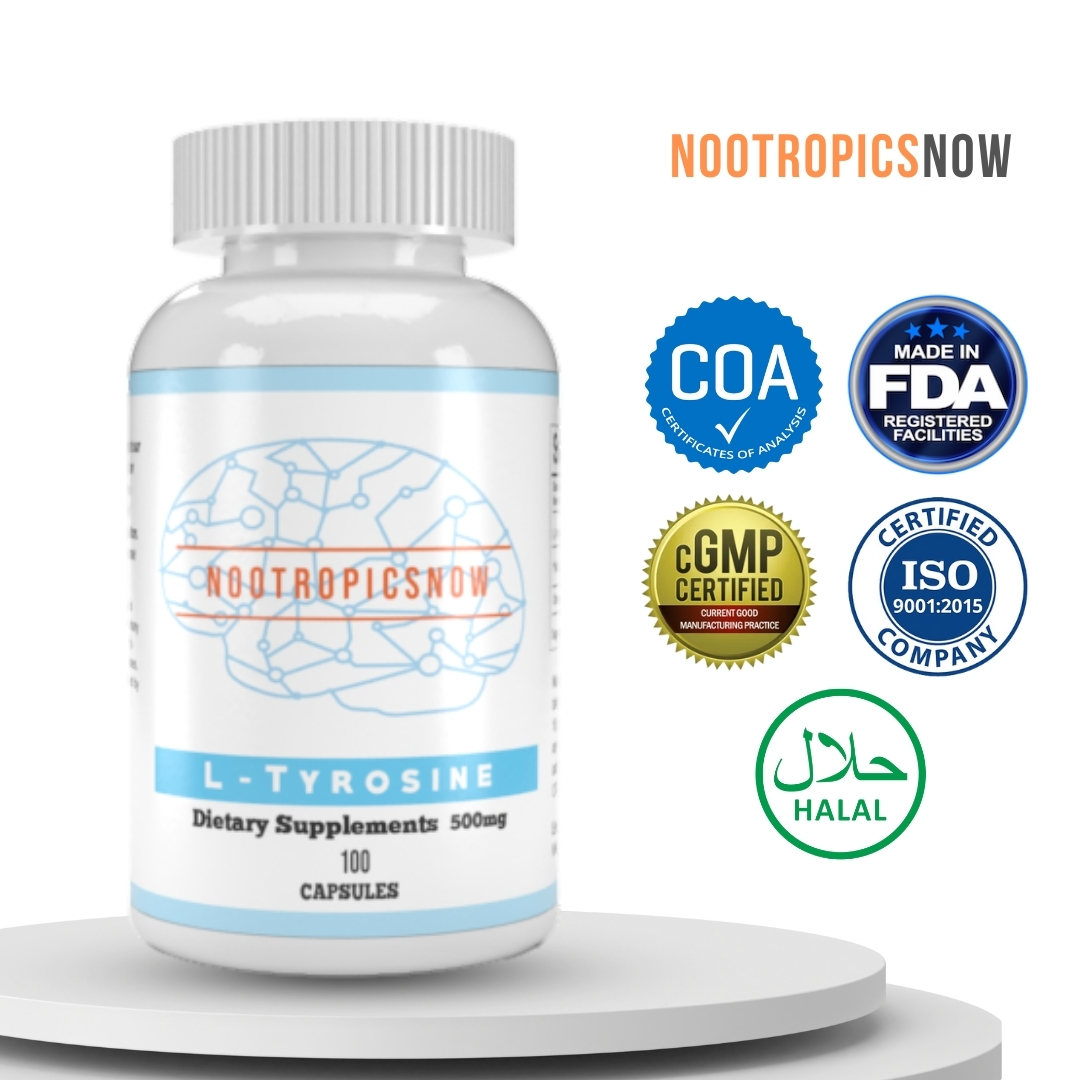Are Strongmen Healthy? Risks & Benefits

Are Strongmen Healthy?

The image of a strongman often evokes impressions of unparalleled physical prowess, raw power, and indomitable resilience. However, the question of whether strongmen are truly “healthy” is far more nuanced than initial perceptions might suggest. While their extraordinary feats of strength demonstrate peak performance in specific domains, the intense training regimens, dietary demands, and potential use of performance-enhancing substances all contribute to a complex health profile that warrants careful examination. This section explores the multifaceted health considerations surrounding strongmen, analyzing both the benefits and risks associated with this demanding athletic pursuit.
Defining “Healthy” in the Context of Strongman
Before assessing the health of strongmen, it’s crucial to define what “healthy” means in this unique context. Traditional health metrics often emphasize cardiovascular health, body composition, blood lipid profiles, and overall longevity. However, these benchmarks may not fully capture the specific demands and adaptations associated with strongman training. For instance, a high BMI, often considered a marker of obesity, might be misleading in strongmen due to their significant muscle mass. Therefore, a comprehensive evaluation requires considering both traditional health indicators and performance-related adaptations.
The Cardiovascular System: A Balancing Act
The cardiovascular system is often subjected to intense strain in strongmen. The extreme weights lifted during training and competition can lead to transient but significant spikes in blood pressure. Moreover, the high body weight often observed in strongmen places a chronic load on the heart. Studies have shown that blood pressure levels in strongmen can fluctuate considerably, with some individuals exhibiting hypertensive values [1]. This can increase the risk of left ventricular hypertrophy, a thickening of the heart muscle that, over time, can lead to heart failure.
However, the picture is not entirely bleak. Regular physical activity, even at extreme levels, can improve cardiovascular function to some extent. The question then becomes whether the potential benefits of intense exercise outweigh the risks associated with high body weight and transient blood pressure elevations. Furthermore, factors like genetics, diet, and the use of performance-enhancing drugs can significantly influence cardiovascular health in strongmen.
Metabolic Health: Glucose Control and Lipid Profiles
Metabolic health, encompassing glucose control and lipid profiles, is another area of concern for strongmen. The high-calorie diets required to fuel intense training can lead to insulin resistance and impaired glucose tolerance, increasing the risk of type 2 diabetes [4]. Additionally, dietary fat intake, often elevated to meet energy demands, can negatively impact blood lipid profiles, raising LDL (“bad”) cholesterol and triglycerides while lowering HDL (“good”) cholesterol [1].
Therefore, many strongmen exhibit dyslipidemia, an imbalance of blood lipids that increases the risk of atherosclerosis and cardiovascular disease. Moreover, the use of anabolic steroids, common in competitive strongman, can further exacerbate these metabolic imbalances. Steroids can significantly alter lipid profiles, often leading to a dramatic increase in LDL cholesterol and a decrease in HDL cholesterol, thereby substantially elevating cardiovascular risk.
Body Composition: Muscle vs. Fat
Body composition is a critical aspect of health assessment, particularly in strongmen. While a high BMI might suggest obesity, it’s essential to differentiate between fat mass and lean muscle mass. Strongmen typically possess a significantly higher proportion of muscle mass compared to the general population. This elevated muscle mass can have beneficial metabolic effects, improving insulin sensitivity and glucose metabolism.
However, the increased fat mass often accompanying muscle growth in strongmen presents a challenge. Excess adipose tissue, particularly visceral fat surrounding the abdominal organs, is associated with increased inflammation and metabolic dysfunction. Therefore, while muscle mass offers some protection, the accumulation of excess fat can counteract these benefits, contributing to metabolic health risks.
The Skeletal System: Strength and Strain
The skeletal system in strongmen undergoes significant adaptation to withstand the extreme forces generated during lifting. Bone density, a crucial indicator of bone health, tends to be higher in strongmen due to the weight-bearing nature of their training. This increased bone density can reduce the risk of osteoporosis and fractures later in life.
However, the repetitive and high-impact nature of strongman training can also place considerable stress on joints and connective tissues. This can lead to an increased risk of osteoarthritis, particularly in weight-bearing joints like the knees and hips. Furthermore, the rapid muscle growth often observed in strongmen may outpace the adaptation of tendons and ligaments, increasing the risk of strains, tears, and other soft tissue injuries [2].
To support bone health, strongmen may consider supplementing with minerals such as those found in this product:

View Product
Injury Risk: A Constant Threat
The risk of injury is a constant concern for strongmen. The heavy loads, complex movements, and high-intensity training inherent in the sport contribute to a relatively high injury rate. Common injuries include lower back pain, shoulder impingement, bicep tears, and knee problems. Injuries can not only hinder performance but also have long-term consequences for joint health and mobility.
Proper training techniques, adequate warm-up and cool-down routines, and appropriate recovery periods are crucial for minimizing injury risk. Additionally, addressing muscle imbalances and strengthening supporting muscles can help stabilize joints and prevent injuries. However, even with meticulous precautions, the inherent demands of strongman training make injuries a persistent challenge.
Nutrition: Fueling the Machine
Nutrition plays a pivotal role in the health and performance of strongmen. The high energy demands of their training necessitate a diet rich in calories, protein, and carbohydrates. Protein is essential for muscle repair and growth, while carbohydrates provide the primary fuel source for intense activity. Fat intake is also important for hormone production and overall energy balance.
However, achieving a balanced and nutrient-dense diet can be challenging with the sheer volume of food required. Many strongmen rely on convenient but less healthy options, such as processed foods and sugary drinks, to meet their caloric needs. This can lead to nutrient deficiencies and contribute to metabolic health problems. Therefore, careful attention to food quality and nutrient timing is essential for optimizing health and performance.
Consider L-Glutamine for muscle recovery:

View Product
Performance-Enhancing Drugs: A Risky Shortcut
The use of performance-enhancing drugs, particularly anabolic steroids, is a significant concern in strongman competitions. Anabolic steroids can dramatically increase muscle mass and strength, providing a competitive advantage. However, they also carry a range of serious health risks, including cardiovascular disease, liver damage, hormone imbalances, and psychological problems.
The use of anabolic steroids can significantly alter lipid profiles, promote myocardial dysfunction, and increase the risk of adverse cardiovascular events [1]. The long-term health consequences of steroid use can be severe, potentially shortening lifespan and reducing quality of life. Therefore, the decision to use performance-enhancing drugs involves a careful weighing of potential benefits against significant health risks.
Mental Health: The Psychological Toll
The pursuit of extreme strength and the demands of competitive strongman can also take a toll on mental health. The intense pressure to perform, the sacrifices required to maintain training and diet, and the potential for injuries can contribute to stress, anxiety, and depression. Body image concerns and the pressure to maintain a certain physique can also negatively impact mental well-being.
Therefore, it’s essential for strongmen to prioritize mental health and seek support when needed. This may involve working with a therapist or counselor, practicing stress-reduction techniques, and cultivating a strong support network of friends and family. Addressing mental health challenges is crucial for overall well-being and long-term health.
For stress reduction, consider supplements such as:

View Product
The Role of Genetics
Genetics plays a significant role in determining an individual’s potential for strength and muscle growth. Some people are naturally predisposed to building muscle more easily and achieving higher levels of strength. Genetic factors also influence an individual’s susceptibility to certain health risks, such as cardiovascular disease and type 2 diabetes.
Therefore, the health profile of a strongman is influenced by both environmental factors, such as training and diet, and genetic predispositions. Understanding one’s genetic risk factors can help individuals make informed decisions about training, diet, and lifestyle choices to mitigate potential health risks.
Monitoring and Management: A Proactive Approach
Given the complex health considerations associated with strongman training, regular monitoring and proactive management are essential. This involves regular check-ups with a physician, including blood pressure monitoring, lipid profile testing, and glucose tolerance testing. Additionally, monitoring muscle mass, body fat percentage, and bone density can provide valuable insights into overall health and fitness.
Based on the results of these assessments, individuals can make informed decisions about training, diet, and medical interventions to optimize their health and minimize risks. Working with a qualified healthcare professional who understands the specific demands of strongman training is crucial for developing a personalized management plan.
Adapting Training and Lifestyle: Long-Term Sustainability
For strongmen seeking to maintain long-term health and well-being, adapting training and lifestyle practices is essential. This may involve reducing training volume and intensity over time, focusing on maintaining strength rather than constantly striving for new personal records. Adopting a more balanced diet, prioritizing whole foods, and limiting processed foods and sugary drinks can also improve metabolic health.
Additionally, incorporating regular cardiovascular exercise, such as walking, cycling, or swimming, can help improve cardiovascular function and manage blood pressure. Prioritizing sleep, managing stress, and maintaining a strong social support network are also crucial for overall well-being and long-term health.
Are Strongmen Healthy? (Continued)
While the display of raw power and immense strength often characterizes strongman competitions, a crucial question remains: are strongmen truly healthy? The answer is nuanced, requiring a careful examination of their unique physical demands, training methodologies, dietary practices, and potential health risks. Although they demonstrate exceptional feats of physical prowess, the long-term health implications warrant close scrutiny.
Cardiovascular Health: A Balancing Act
One of the primary concerns surrounding strongman health centers on cardiovascular function. Due to their substantial body mass and dietary habits, strongmen face a higher risk of developing cardiovascular diseases (CVD). However, the story is not quite so simple. The sheer volume of training they undertake also offers potentially protective effects.
Consequently, maintaining cardiovascular health requires a proactive approach. Strongmen should prioritize regular cardiovascular exercise (e.g., brisk walking, cycling) in addition to their strength training. A heart-healthy diet, rich in fruits, vegetables, and lean protein, is also essential. Regular monitoring of blood pressure, cholesterol levels, and heart function is crucial for early detection and management of any potential problems.
The Musculoskeletal System: Strength vs. Stability
Strongmen push their musculoskeletal system to its limits, lifting incredibly heavy weights and performing demanding feats of strength. This intense stress can lead to both remarkable adaptations and a heightened risk of injury.
Therefore, prioritizing injury prevention is essential. This includes proper warm-up, cool-down, and stretching routines; meticulous attention to exercise technique; gradual progression of training intensity; and adequate rest and recovery. Working with a qualified coach or physical therapist is highly recommended to ensure proper form and identify potential risk factors.
Dietary Challenges and Solutions
Nutrition plays a critical role in strongman training, fueling their intense workouts and supporting muscle growth and recovery. However, the dietary demands of strongman training can also pose significant health challenges.
Therefore, optimal nutrition for strongmen requires careful planning and attention to detail. A balanced diet, rich in whole foods, is the foundation. Working with a registered dietitian or sports nutritionist can help tailor a diet to meet individual needs and goals while minimizing health risks.
The Role of Anabolic Steroids
The use of anabolic-androgenic steroids (AAS) is a controversial issue in strongman competitions. While not all strongmen use steroids, their prevalence in the sport is undeniable. AAS can significantly enhance muscle growth, strength, and recovery, but they also carry a range of potential health risks.
Therefore, it is crucial to acknowledge the significant health risks associated with AAS use. While some strongmen may choose to use steroids, it’s important to make an informed decision based on a thorough understanding of the potential consequences. Athletes who choose to use steroids should be monitored closely by a physician to detect and manage any potential health problems.
Mental Health Considerations
The intense physical demands and competitive pressures of strongman training can also take a toll on mental health. Body image issues, anxiety, depression, and burnout are potential concerns.
`markdown

View Product
`
Therefore, prioritizing mental health is essential. This includes practicing stress management techniques (e.g., meditation, yoga), seeking support from friends and family, and consulting with a mental health professional if needed. Creating a supportive and non-judgmental environment can help reduce the stigma surrounding mental health and encourage strongmen to seek help when they need it.
Strategies for Healthier Strongman Training
Despite the potential health risks, strongman training can also offer significant benefits, including increased muscle mass, strength, and functional fitness. By adopting a more holistic approach to training, strongmen can minimize the risks and maximize the benefits.
Conclusion: A Complex Equation
The health of strongmen is a complex equation. While their exceptional strength and physical prowess are undeniable, they face a range of potential health risks due to their unique physical demands, training methodologies, and dietary practices. By adopting a more holistic approach to training, prioritizing injury prevention, and focusing on overall health and well-being, strongmen can minimize the risks and maximize the benefits of their sport. Ultimately, the goal should be to achieve peak performance without compromising long-term health.


